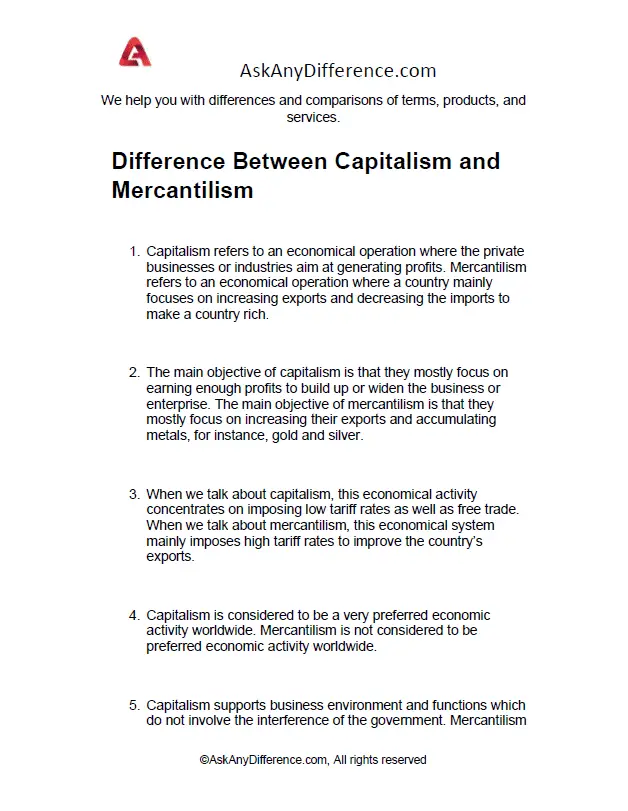

A capacity or other portion of an asset that is not physically distinct (e.g. Ī capacity portion of an asset is still an identified asset if it is physically distinct (e.g. A supplier’s right of substitution is only considered substantive if the supplier has both the practical ability to substitute alternative assets throughout the period of use and they would economically benefit from substitution. However, where a supplier has a substantive right of substitution throughout the period of use, a customer does not have a right to use an identified asset. Īn asset is typically identified by being explicitly specified in a contract, but an asset can also be identified by being implicitly specified at the time it is made available for use by the customer. Ĭontrol is conveyed where the customer has both the right to direct the identified asset’s use and to obtain substantially all the economic benefits from that use. Ii) leases where the underlying asset has a low value when new (such as personal computers or small items of office furniture) – this election can be made on a lease-by-lease basis.Ī contract is, or contains, a lease if it conveys the right to control the use of an identified asset for a period of time in exchange for consideration. I) leases with a lease term of 12 months or less and containing no purchase options – this election is made by class of underlying asset and Instead of applying the recognition requirements of IFRS 16 described below, a lessee may elect to account for lease payments as an expense on a straight-line basis over the lease term or another systematic basis for the following two types of leases: rights held by a lessee under licensing agreements for items such as films, videos, plays, manuscripts, patents and copyrights within the scope of IAS 38 Intangible AssetsĪ lessee can elect to apply IFRS 16 to leases of intangible assets, other than those items listed above.licences of intellectual property granted by a lessor (see IFRS 15 Revenue from Contracts with Customers) and.service concession arrangements (see IFRIC 12 Service Concession Arrangements).leases of biological assets held by a lessee (see IAS 41 Agriculture).leases to explore for or use minerals, oil, natural gas and similar non-regenerative resources.IFRS 16 Leases applies to all leases, including subleases, except for: IFRS 16 establishes principles for the recognition, measurement, presentation and disclosure of leases, with the objective of ensuring that lessees and lessors provide relevant information that faithfully represents those transactions.

The standard provides a single lessee accounting model, requiring lessees to recognise assets and liabilities for all leases unless the lease term is 12 months or less or the underlying asset has a low value. IFRS 16 specifies how an IFRS reporter will recognise, measure, present and disclose leases.


 0 kommentar(er)
0 kommentar(er)
